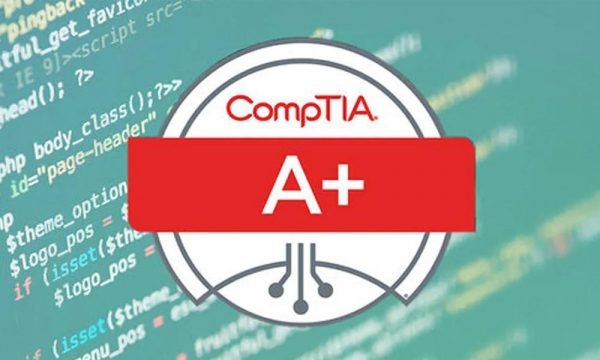Legal teams handle complex contracts daily, which makes transparency a critical priority. Without clear processes, risks increase, compliance suffers, and collaboration becomes difficult. Contract Lifecycle Management (CLM) tools offer structured workflows that give legal professionals a unified view of every stage of a contract’s life.
A well-designed contract lifecycle management process flow empowers teams to manage contracts efficiently and with full visibility. It connects stakeholders, aligns tasks, and ensures that deadlines are tracked in real-time. The result is a streamlined legal function that reduces errors and improves accountability.
Table of Contents
Clear Contract Intake
The process starts with a well-structured contract intake system. Legal teams define how requests are submitted, what data must be included, and which team members should review them. This step ensures no contract enters the workflow with missing information.
A standardized intake reduces confusion and allows faster routing to the right reviewers. It also creates a documented record of every request, which supports compliance audits and future reference. Clear intake rules make it easier to prioritize urgent contracts and allocate resources effectively. This structured beginning lays the groundwork for consistent communication throughout the contract lifecycle.
Defined Approval Stages
Approval workflows are at the heart of CLM transparency. Teams create clear checkpoints for legal, finance, and executive approvals. Each stage includes automated notifications, so stakeholders know when their action is required. This structured approach minimizes bottlenecks and keeps every decision traceable.
Real-Time Collaboration
Collaboration tools within CLM platforms help multiple departments work together. Legal, procurement, and sales teams can comment, edit, and suggest changes in one secure space. This eliminates scattered email chains and reduces the risk of version control issues. Every edit and discussion is recorded for future reference, which ensures accountability.
These platforms also allow simultaneous reviews, which speed up negotiation cycles and minimize delays. Integration with communication tools helps send instant notifications whenever updates are made. Such transparency fosters stronger cross-functional alignment and builds trust among all stakeholders.
Automated Tracking and Alerts
Automation keeps contracts moving without delays.
Key benefits include:
- Deadline reminders:Automatic alerts prevent missed obligations.
- Status updates:Teams stay informed of contract progress without manual follow-ups.
- Audit trails:Every action is logged for compliance and reporting.
These features create transparency by making contract timelines visible to all involved parties.
Centralized Contract Repository
A single digital repository allows legal teams to store, search, and retrieve contracts quickly. Organized storage helps prevent duplication and ensures teams always work with the most recent version. Access controls safeguard sensitive information while still allowing authorized personnel to view critical documents. This centralization simplifies audits and regulatory reviews.
Data-Driven Reporting
CLM systems provide dashboards and analytics that give legal teams insight into performance.
Important metrics include:
- Contract turnaround times
- Approval bottlenecks
- Renewal rates and missed deadlines
With these reports, teams can make informed process improvements and demonstrate their value to leadership.
Enhanced Risk Management
Transparent processes help legal teams identify potential risks early. They can flag unfavorable clauses, monitor compliance requirements, and take corrective action before issues escalate. This proactive approach reduces exposure to legal disputes and financial penalties. Clear visibility also strengthens relationships with internal stakeholders and external partners.
Transparency through the contract lifecycle management process flow transforms how legal teams manage contracts. It reduces uncertainty, promotes collaboration, and supports compliance at every stage. Legal operations thus become faster, clearer, and more reliable, which creates a foundation for business success.





